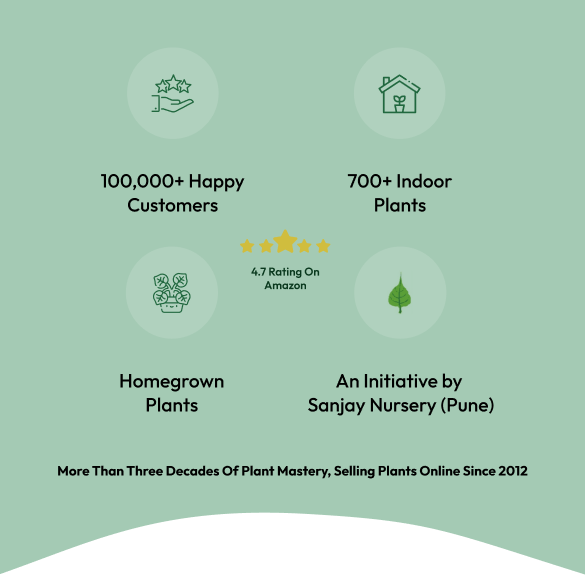
Begonia Tuberhybrida Nonstop Rose Picotee Flower Seeds
Product Name : Begonia Tuberhybrida Nonstop Rose Picotee Flower Seeds
Brand : Benary
Qty: 500 Seeds
Description :
Culture guide
Usage
Annual, bedding, patio containers and landscape, hanging basket and window boxes, pot plants
Sow time
November for flowering pots from April onwards, December-January for flowering bedding plants from May onwards
Sowing method
1-2 seeds per plug
Germination
Germination will occur in 7-14 days at 75-78 °F (23-25 °C). Sow seed on a fine media with good water holding capacity and good drainage. Consistent moisture levels are important to uniform germination. Humidity levels above 95 % and a media pH between 5.5 and 6.5 are important. Do not cover seed as light is required to germinate. Supplemental 24-hour assimilation light provided at this stage will increase germination, reduce crop time and improve plug quality.
Growing on
Transplant plugs into finished containers with a well drained media, and pH of 5.5 to 6.5. Maintain day length in excess of 14 hours. Continued supplemental lighting will improve plant quality and shorten crop time. Growing temperatures between 68-72 °F (18-22 °C) optimize growth and flowering. Fertilize at 150-250 ppm nitrogen in a well-balanced formula.
Media
pH: Maintain media pH of 5.5-6.5 and EC: 0.5-0.75.
Temperature
Maintain temperatures of 70-74 °F (21-23 °C).
Fertilization
Moderate fertilization levels are required. Fertilize the crop alternating with 150-200 ppm nitrogen, using a complete and potassium balanced fertilizer (N: K₂0-ratio: 1:1,5). Keep low ammonium levels, otherwise the roots become damaged. At high nitrogen levels the foliage can become very big. Avoid pH above 6.0, as high pH causes iron deficiency. Apply chelated iron, if chlorosis becomes a problem. To prevent magnesium deficiency apply magnesium sulphate (0,025 %) 1-2 times. Additional foliage fertilization with potassium support compact plant growth and the foliage gets a dark green color. Avoid high salt levels in substrate. Avoid high fertilizer concentrations, it is advisable to fertilize several times with low concentrations weekly.
Stage I Starts with the radicle breaking through the testa. The roots are touching the medium. Ends with fully developed cotyledons.
Stage II Starts from fully developed cotyledons. Ends with the fully developed true leaf or true leaf pair.
Stage III Starts from the fully developed true leaf or true leaf pair and ends with 80% of the young plants being marketable.
Stage IV All young plants are ready for sale and in the process of being hardened off. This stage lasts about 7 days.
The cultural recommendations are based on results from trials conducted under Central European conditions. Different conditions in other parts of the world may lead to deviations in results achieved.






